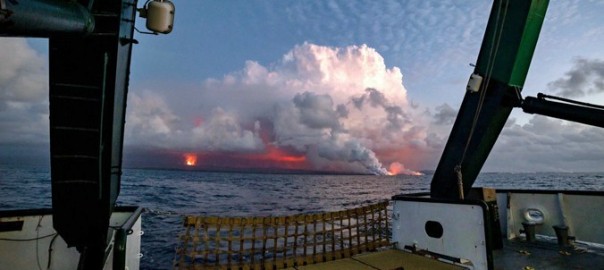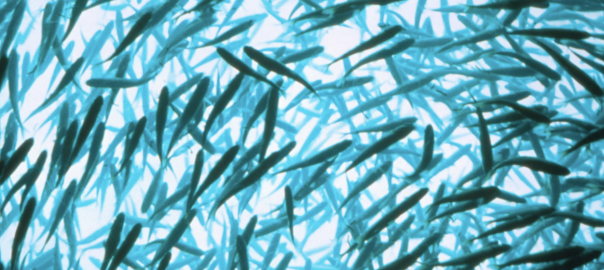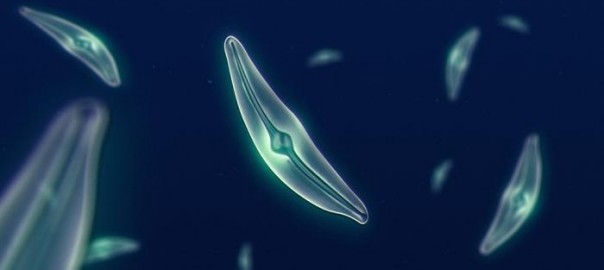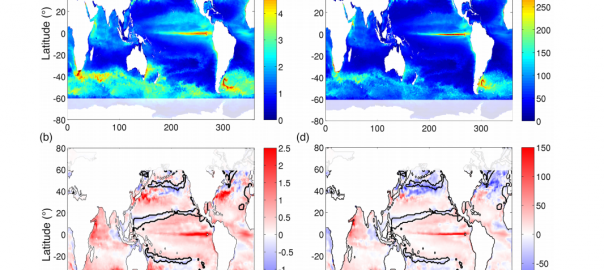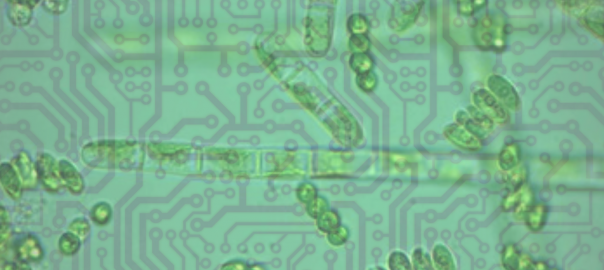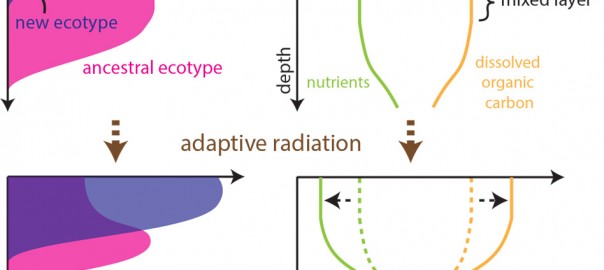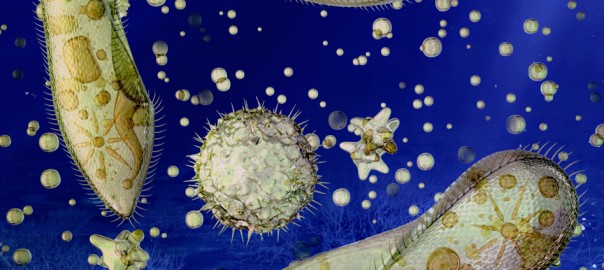Reporting by Helen Hill for the MIT Darwin Project
Fisheries provide a significant source of protein for over half of the world’s human population, yet the impacts of historical overfishing and climate change challenge the future productivity of the world’s oceans. Traditional fisheries management rests on the assumption that the future will look like the past, however, with advances in AI (artificial intelligence) and burgeoning data resources, scientists have new tools for exploring a greater range of future scenarios, including climate change. Continue reading Artificial Intelligence Helps Manage Global Fisheries →
